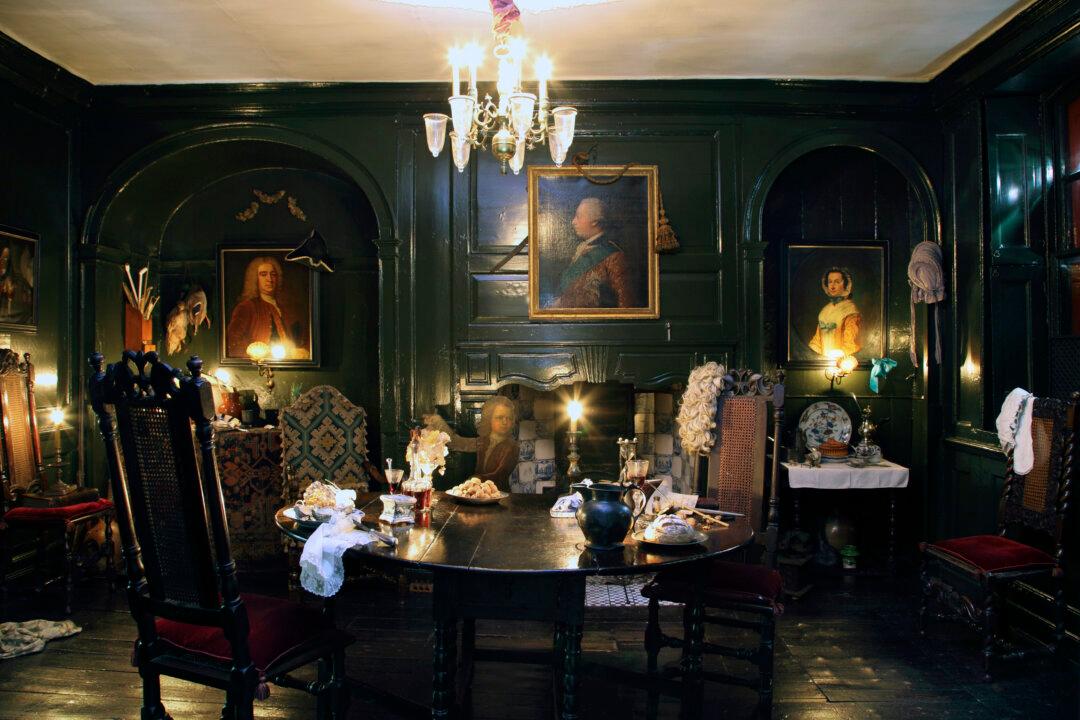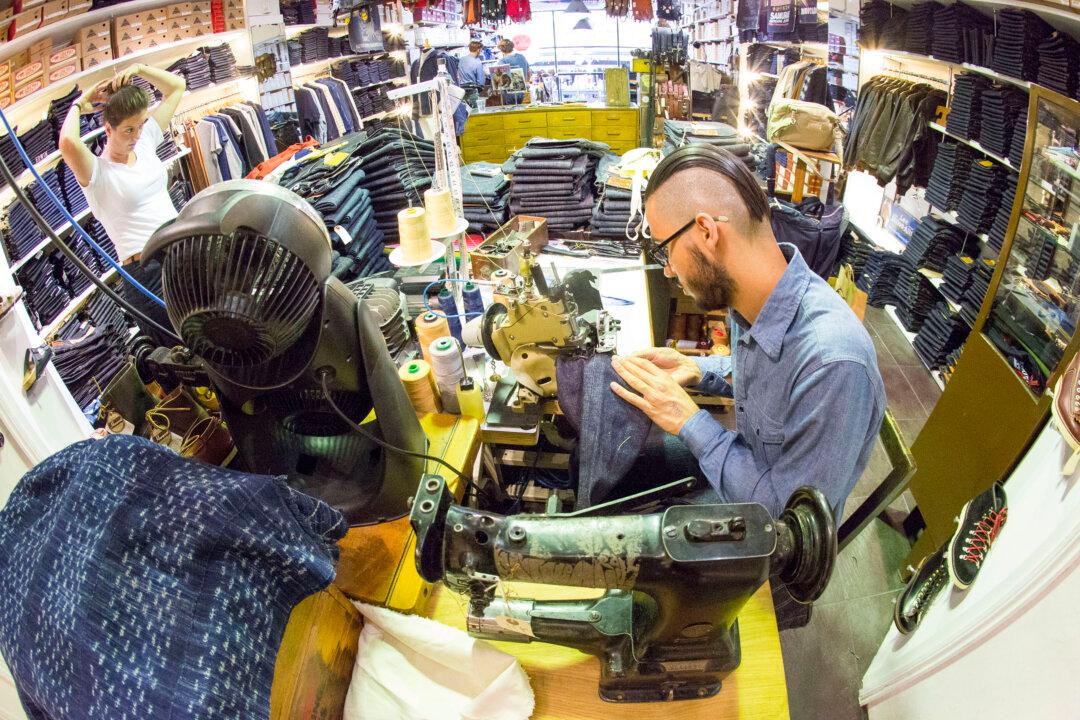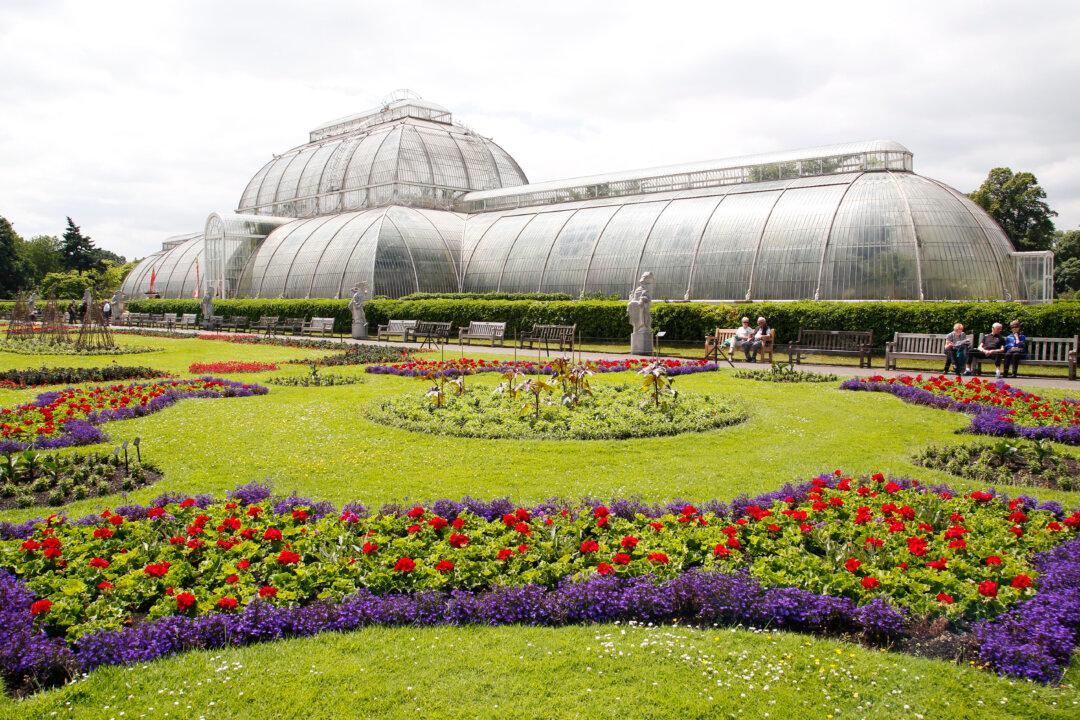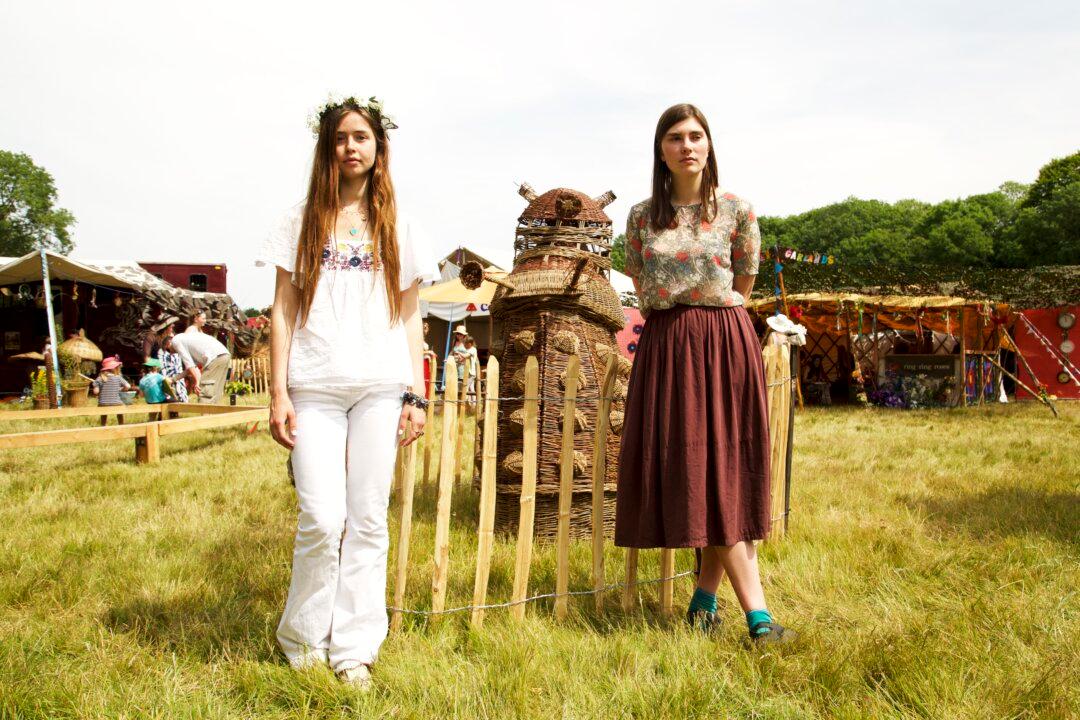Dennis Severs’ House at 18 Folgate Street in East London is a strange time slip experience. It’s an oasis nestled in the ever-growing steel and glass structures springing up in Spitalfields.
In 1979, the American artist Dennis Severs created a three-dimensional tapestry of the rise and fall of silk weaving life within a Georgian house. Life inside is set between 1724 and 1914. The fictional Huguenot silk-weaving Jervis family depicted in the house aren’t there. But I did feel like they heard me come in, imagining they were alerted to my presence by the creaky floorboards. Rooms are abruptly left in disarray with beds unmade, tobacco spilt, and half-empty cups of tea.

Smoking room Roelof Bakker





